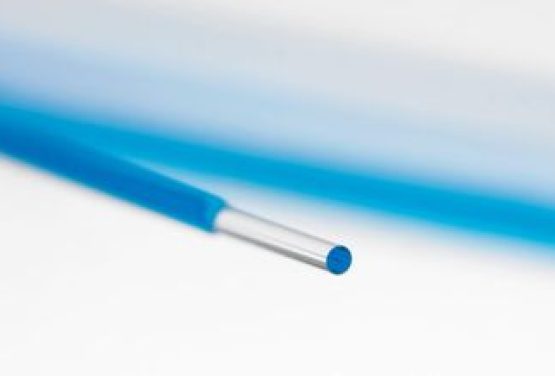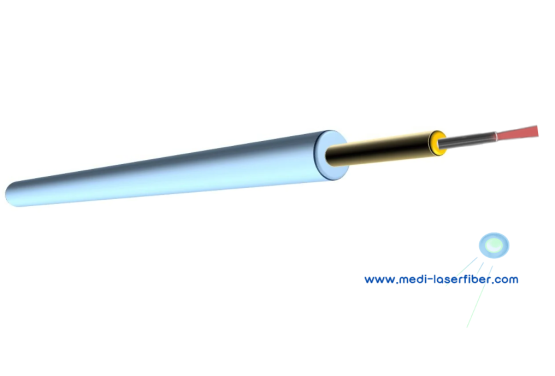How To Re-cleave Or Polish Holmium Laser Fibers

Re-cleaving or polishing Holmium Laser Fibers is essential for maintaining their performance, especially after multiple uses or when the fiber tip has been damaged or degraded.
Purpose:
Re-cleaving is done to remove damaged or burnt sections of the fiber tip, ensuring that the laser energy is transmitted efficiently and uniformly.
Polishing is used to achieve a high-quality surface on the fiber end, reducing light scattering and improving energy delivery. It’s particularly useful when the fiber has been cleaved but still has minor imperfections or when a precise angle is needed.
Tools and Techniques:
Cleaving Tools;
Mechanical Cleavers: Often utilize a diamond blade or a carbide tip to score the fiber before breaking it, e.g. Buffer Stripper, Fiber Cutter;
Or Laser Cleavers;
Manual polishing sets or automated polishing machines
Process:
- Clean the Fiber(Clean the end to be terminated with a soft cloth and isopropyl alcohol, while being careful not to damage the exposed fiber.)
- Score and Break
- Inspect as the cleave angle should be as close to perpendicular as possible to maintain optimal energy transmission
- Initial cleave: If not already done, cleave the fiber to remove the damaged end
- Strip coating: Remove the protective coating over a short length to expose the glass for polishing
- Polishing the end face
- Inspection
For the best results, follow the manufacturer’s recommendations for the specific fiber type and refer to detailed protocols or training provided by fiber optic equipment suppliers.
Medical Laser Fiber Types Comparision

When selecting the appropriate medical laser fiber, it is crucial to consider the light beam directions, which involves a comprehensive understanding of several key aspects related to fiber optics and laser delivery systems.
Types
1 Straight Delivery from Tip
Light is emitted directly from the end face of an optical fiber, which is one of the most prevalent light emission methods. In this approach, the laser light is conveyed within the fiber through total internal reflection until it reaches the end, and then it is emitted either vertically or nearly vertically from the end face.
These fibers are highly beneficial for applications that require the laser to strike a target perpendicularly or at a specific, known angle.
If it’s reusable type, suggest to choose a suitable clever tool to clever and cut the end fiber.
2. Side-Firing Fibers
Light is emitted from the side of an optical fiber by incorporating a specialized structure or a reflective device on the fiber’s lateral surface.
These side-firing fibers are designed to emit light laterally. They are frequently utilized in specific surgical procedures, such as prostate surgery. In such cases, the lateral emission of the laser beam enables precise targeting of the prostate tissue while minimizing the risk of damaging the surrounding healthy tissues.
3 Diffusing Fibers
The light exit end of the optical fiber undergoes a special treatment process. This treatment causes the light to scatter as it exits the fiber, resulting in a light distribution within a specific angular range.
In certain surgical procedures where the precision requirements are relatively lower, but a large area needs to be covered.
4 Radial Fibers
Through the use of glass tip design, light is distributed in a circular pattern around the exit end of the fiber. The ring-shaped emission of laser energy ensures that the energy is evenly distributed across a ring-shaped area. This allows the laser energy to act more uniformly around the diseased tissue, effectively reducing the potential for excessive damage to the central region.One ring radial fiber is used most widely.
The manner in which the fiber emits light and the selection of fiber quality have a significant impact on the precision and effectiveness of laser surgery. It influences various factors, including the distribution of laser energy, the size and shape of the laser spot, as well as the depth and extent of the treatment area.